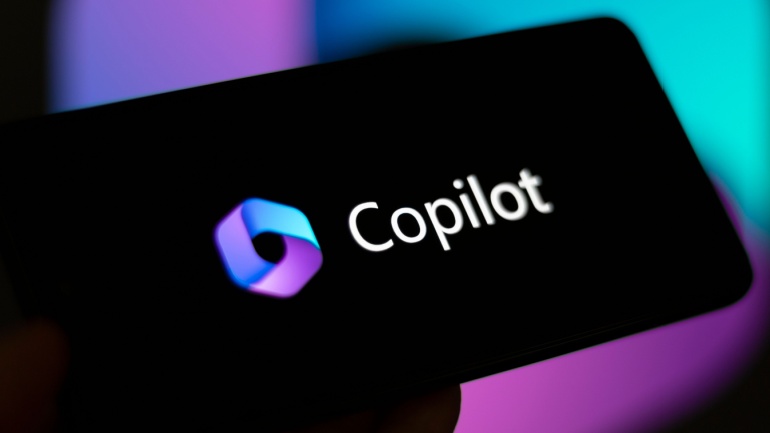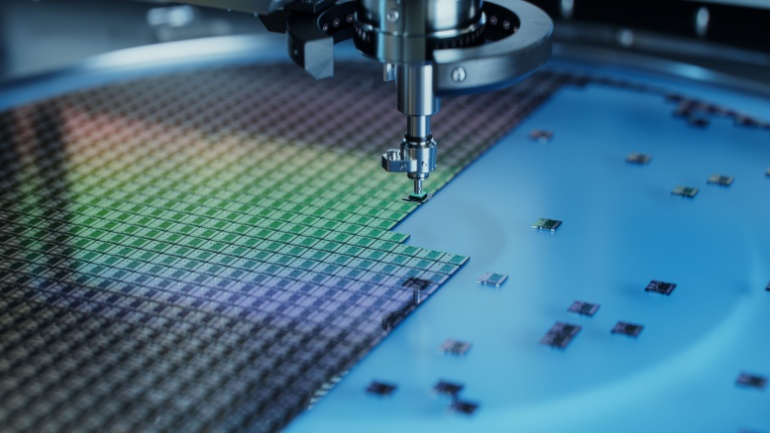Vodafone launches LTE-M, an LPWAN technology for IoT devices with low data and power needs. Converge ICT partners with Ribbon to triple its fiber network capacity. Nokia partners with BxA to enhance its Network as Code platform for healthcare applications. Hayo launches a global IoT platform for MNOs and enterprises, enhancing efficiency and connectivity with cloud-native technology and AI.
This week, SoftBank announced the acquisition of UK-based AI chipmaker Graphcore, valued around $600 million. Known for its intelligence processing units, Graphcore’s technology competes with Nvidia’s but has faced commercialization challenges. SoftBank aims to rejuvenate Graphcore, leveraging the rising demand for advanced AI compute power.
Orange Wholesale has partnered with Connectbase to optimize its digital customer journey and service delivery. Hivelocity launches a new VMware-based private cloud service. Actelis has secured orders to deploy its hybrid-fiber technology in international airports. WatchGuard launches ThreatSync+ NDR, an AI-driven cybersecurity solution for businesses of all sizes.
Global revenue from AI semiconductors is projected to reach $71 billion in 2024, marking a 33% increase from the previous year, according to a recent Gartner report. Gartner also anticipates that AI-equipped PCs will constitute 22% of total PC shipments in 2024. By the end of 2026, all enterprise PC purchases are expected to feature AI capabilities.
Microsoft made waves in the tech world this week with the launch of their new line of Copilot+ PCs, aimed at enhancing productivity through AI integration. Among the various features boasted by these innovative devices, one in particular, known as Recall, is drawing attention for its potential privacy implications.
his week, the University of Bristol has powered up Isambard-AI, the UK’s fastest and most potent supercomputer, following a £225 million investment announced by the government last March. Built by Hewlett Packard Enterprise, Isambard-AI boasts over 5,000 NVIDIA superchips, enabling it to execute a staggering 200 quadrillion calculations per second. Officially named the AI Research Resource (AIRR), this supercomputer surpasses its predecessor by a factor of ten in computational power, aiming to support critical AI technology development.
The US government has unveiled plans this week to establish a new institute dedicated to advancing digital twin technology for the semiconductor industry. Through the CHIPS Manufacturing USA initiative, companies are invited to submit proposals to operate this institute, with the selected applicant set to receive up to $285 million in funding.
The US government has taken a significant step by revoking specific licenses that allow American chip manufacturers to export goods to Huawei, the Chinese tech giant. This action will notably reduce the sales of major chip producers like Intel and Qualcomm to China.
The Snapdragon X Plus is an upgraded version of the Snapdragon X Elite, which debuted in October last year. Many of the touted features remain similar, including claims of exceptional performance, extended battery life, and cutting-edge on-device AI capabilities. Qualcomm asserts that the CPU, GPU, and NPU (Neural Processing Unit) collectively offer superior performance and energy efficiency.
Meta is ambitiously positioning itself to become the world’s top AI company, co-aligned with an increase in AI spending. The tech giant’s latest earnings reveal a climbing revenue and expenses, inciting mixed responses from investors. The landscape of optimistic forecasts and increased capital expenditures seems less rosy weighed against lower than expected Q2 revenue forecasts and significant investments into AI infrastructure. CEO Mark Zuckerberg points to an aggressive AI research expansion being instrumental in the fierce race against competitors OpenAI and Microsoft.













